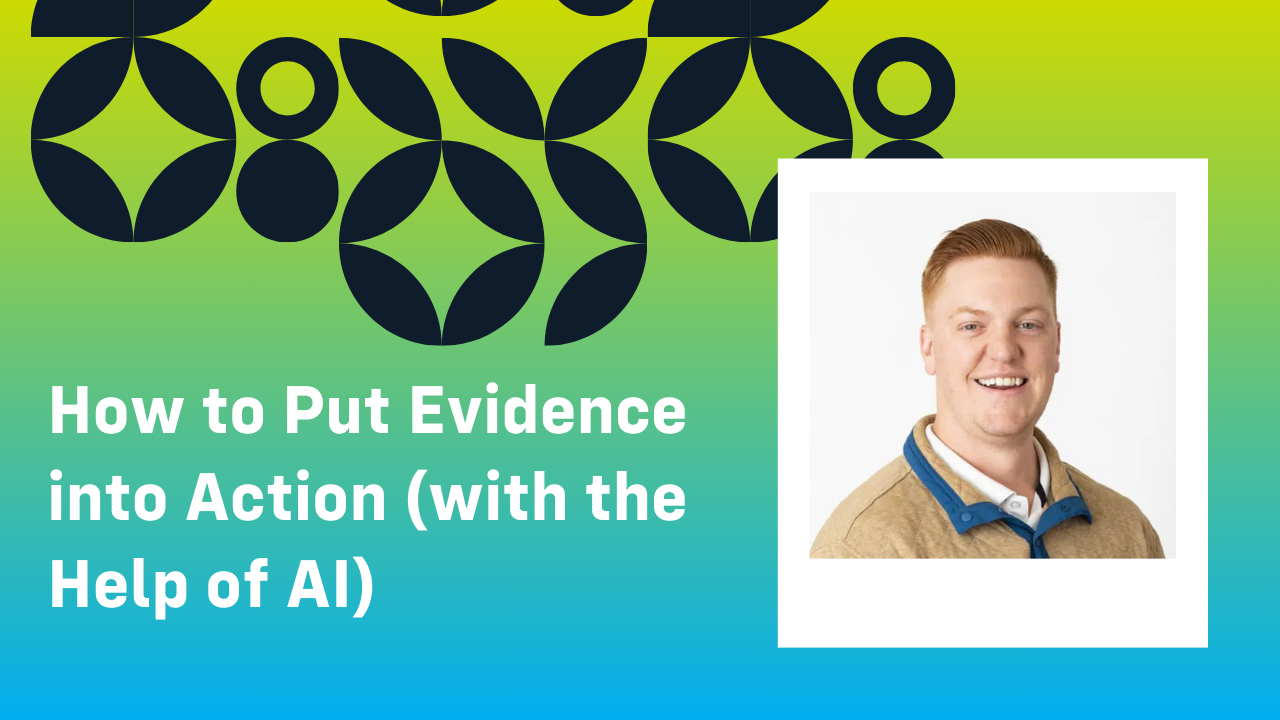How to Put Evidence into Action (with the Help of AI)
As a clinician-scientist, I would encourage all practicing clinicians to utilize research as it’s going to give you the best place to start when helping patients in your clinic. The adage for evidence-based care stands true: it’s a three-pronged stool. For the best patient outcomes, you balance patient preference, the current body of evidence, and your clinical experience.
I find that many clinicians like the idea of incorporating more research into their practice, especially for more complex patients, but don’t have an efficient process in place to retrieve it. I’ve identified a few steps that can make searching literature less daunting, and more easily applicable to your practice, with the help of artificial intelligence.
Find Relevant Research
Clinical practice guidelines published by large, reputable journals are the best places to start. Sure, you can use Google Scholar to find these, but there’s also PubMed GPT, which crawls the entire PubMed catalog (PubMed, as a reminder, is the national database of all literature that is published in peer reviewed journals).
Summarize & Interpret
You might be thinking, I don’t have time to read long, dense papers full of technical jargon. That’s where ChatGPT really shines. You can drop a paper into it to summarize the information for you and give you the main findings.
Apply Your Own Clinical Experience
Once you have that summary, use your own clinical experience to determine what you should do with the information, considering what you already know, and what you’ve seen provide good results in practice.
Talk with Your Patient
The last step is to bring it all together in a conversation with your patient. Saying “Here are the things that are best for this condition, and I’ve had good results doing them. How can we work together as a team to help you achieve your goals utilizing these recommendations?”
BONUS: Dive in Deep
Field clinicians are key in research, as you bring your knowledge and skills into the experience, ensuring that the results are translatable to practice. I encourage all practicing clinicians to volunteer as a participant or even simply fill out surveys to support research.
Alex Sundin, DC ’16 is an assistant professor in the College of Chiropractic at NWHSU. His current work focuses on leveraging artificial intelligence in chiropractic research and education, including his forthcoming manuscript “Educating the Algorithm: Leveraging Artificial Intelligence to Modify Contextual Factors in Research and Chiropractic Education,” his first as first author.




